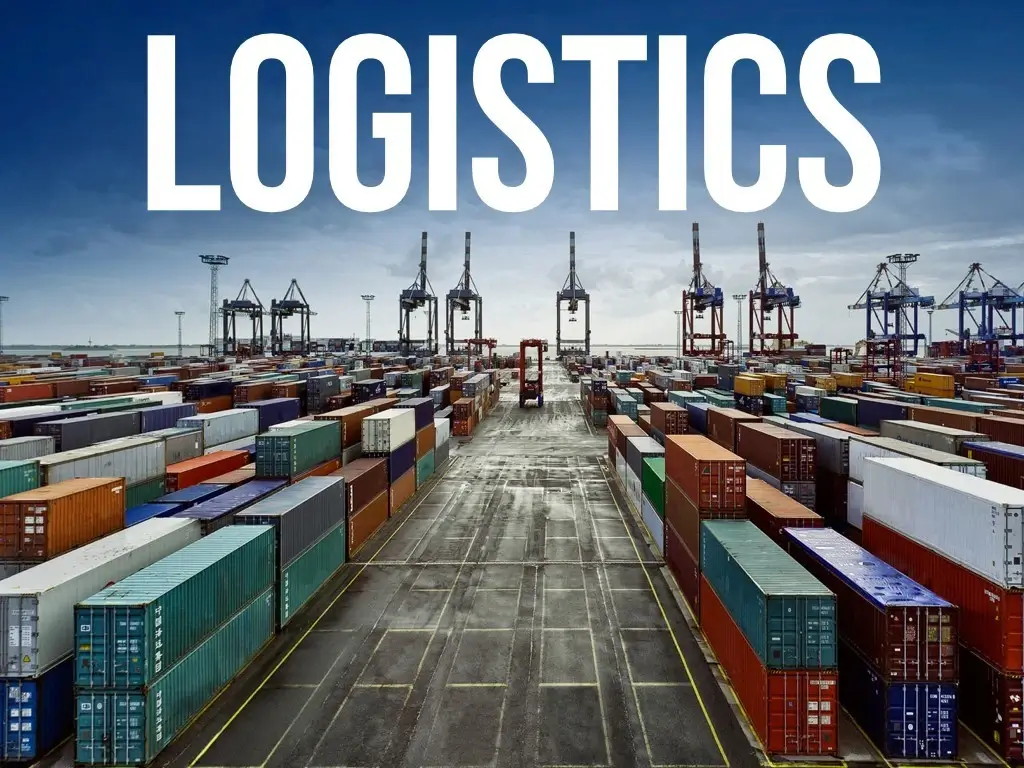Making sense of transportation and logistics law can be complex. This is because there is a lot of information and regulations on the subject. It is also because the logistics law is constantly changing. As a result, a good understanding of the current legislation is crucial to make the right decisions. Here are some key points to remember as you understand the subject.
Inbound and outbound logistics
Inbound and outbound transportation and logistics law have essential roles in the business world. Logistics affects everything from your production to customer service. It’s vital to get these processes right. But sometimes, it can be challenging to figure out how to do this. Fortunately, technology and data can help optimize outbound logistics and ensure that your company gets its products to market on time. This helps reduce your transportation costs and fuel use. You can also reduce your time and energy by implementing an integrated system. For instance, a company that needs to ramp up production may need to invest in a more robust transportation management system. Or it might need to hire extra labor to keep up with the increased demand.
For businesses that require raw materials, sourcing a reliable supply is critical. They want to be free of excess raw materials. However, this can make maintaining an ideal inventory level challenging. Developing a close working relationship with freight carriers is key to ensuring the best service levels. You can also explore volume discounts with these companies. If you need help managing your inbound and outbound logistics, you may want to turn to a third-party logistics provider (known as a 3PL). These companies can help you scale up your inbound logistics network without incurring expensive investments.
Disputes between shipments and contracts of carriage
In the world of transportation and logistics, disputes between shipments and contracts of carriage are standard. While a carrier may not be responsible for all facets of the delivery of goods, it is in the best position to resolve any disputes. For example, if a shipment is lost in transit, the carrier’s liability limit is usually $500. If the airline fails to meet this threshold, the shipper has the right to recover costs and attorney fees from the carrier. There is no universal agreement on which party is liable for the loss.
The first place to start is by comparing a carrier’s liability limit versus the shipper’s. The airline may not be the most transparent of the two parties, but the courtroom has its rules of the road. Hence, the shipper must be on its guard to prevent being bitten by an evil carrier. One of the biggest reasons for disputes in the transportation and logistics space is the need for more clarity and transparency within the shipping industry. This is especially true in the case of ocean carriage. Hence, a well-drafted bill of lading is the best way to go.
Public-private balanced cooperation is a vital issue
Public-private collaboration is often a difficult hurdle to climb. It can take time to determine the essential information and the appropriate public-private involvement level. But it can be done, and the reward can be a more efficient and productive economy.
One of the most notable recent changes has been the growth in federal agency involvement. This includes the Secretariat of Communications and Transport and the Secretariat of Economy, collaborating to develop a national system of logistics platforms that promotes competitiveness. Another notable initiative is the National Infrastructure Program, a multi-national effort focusing on innovation in supply chains. Among other things, the program will help promote the development of a Competitive Logistics Land Use Regulation to facilitate industrial and trade activities. Government regulation is an important consideration to maximize the benefits of public-private collaboration. For instance, sharing services can create cost savings and improve customer service.
Reverse logistics
Suppose you have been following the process of making sense of reverse logistics in transportation and logistics law. In that case, PHMSA has incorporated comments and recommendations from petitions for rulemaking in its final rule. These revisions are designed to provide more clarity and regulatory flexibility for reverse logistics shipments. This rule is intended to clarify the regulations for shipments containing certain hazardous materials. The Pipeline and Hazardous Materials Safety Administration have adopted regulatory amendments for reverse logistics shipments of hazardous materials by highway transportation. It is expected that the rule will provide beneficial impacts. Reverse logistics is a common term used in the transportation and logistics industry to move products back from the customer to the supplier or manufacturer. However, there are also many challenges involved in the process. For instance, tracking orders and managing data transfers are both problematic. In addition to being costly, a reverse logistics process can be complex. Having the right partners can help optimize the process and increase efficiency. Reverse logistics can be particularly challenging when shipping individual parts of a product. For example, if a package contains a defective product, it must be returned for repair or replacement. Shipping each component of the product can add to the cost of the return.
